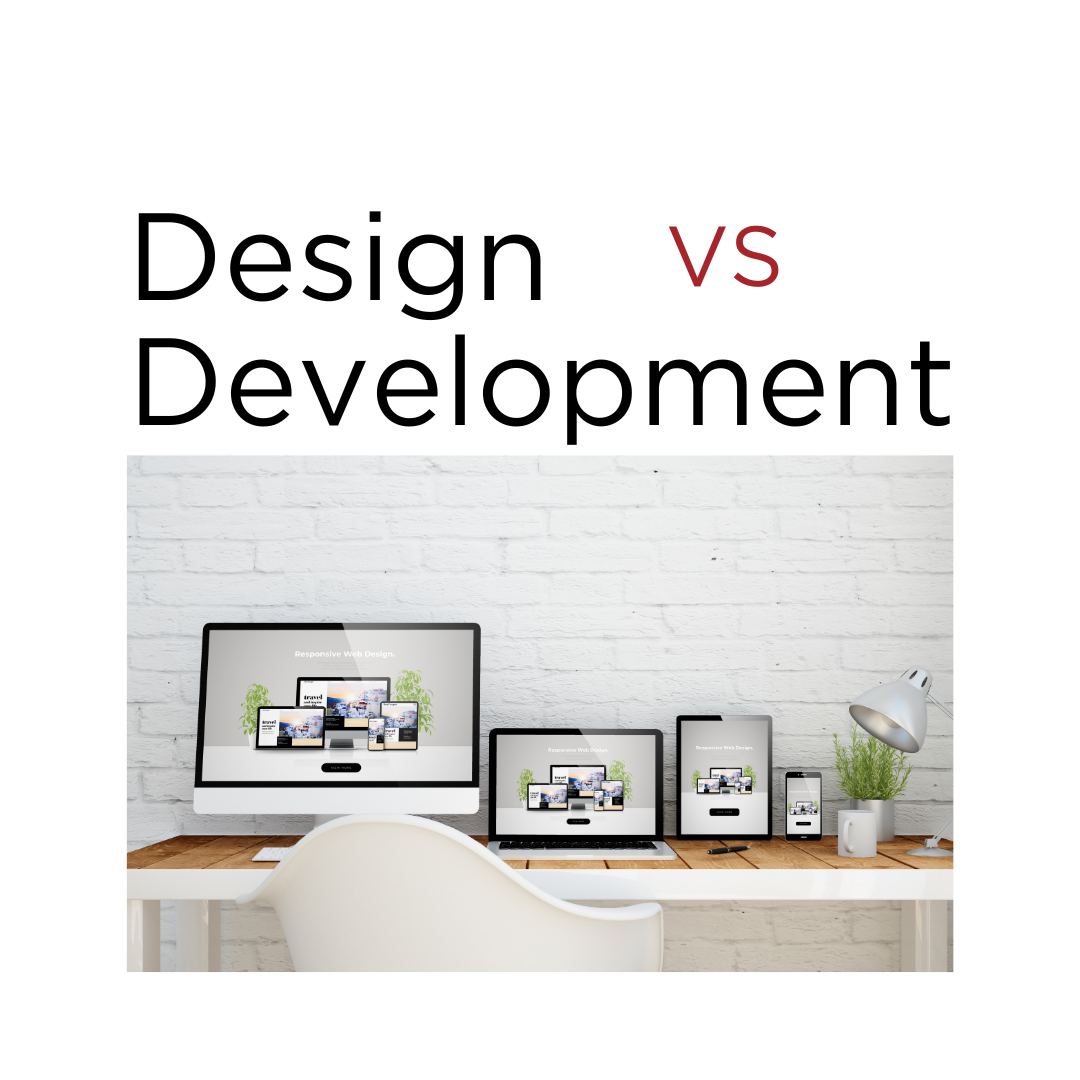All Posts, Content & Copywriting, Marketing, Social Media, Typography
 Writing content for different platforms requires a varied approach for websites, social media platforms, and print collateral. It requires a certain level of skill to know the difference as well as what ways are most effective. What should remain constant however is that your content be reader-driven and “actionable” to keep readers engaged, educated (i.e. informed) and entertained.
Writing content for different platforms requires a varied approach for websites, social media platforms, and print collateral. It requires a certain level of skill to know the difference as well as what ways are most effective. What should remain constant however is that your content be reader-driven and “actionable” to keep readers engaged, educated (i.e. informed) and entertained.
Writing for Social Media
Set the Hook Quick -More concise writing in social media (SM) is the key. Most people are on the move while on SM platforms so it’s imperative that you set the content hook quick with strong points up front and in a pronounced way. There’s so much content out there so this a key way to stand out, engage and create a faithful reader. This ultimately affects the breadth of your audience and long-term followers.
The Risk Factor – Social Media social graces aren’t the same as traditional forums. So feel free to take a risk every now and again. If you have a quirky yet innovative way to capture an audience, SM platforms like Facebook & Google+ are the places to do it. Feel free to mix your SM writing with audio sound-bytes or other platforms like YouTube to really engage and entertain.
 Writing for Websites
Writing for Websites
Standing Out – What ever the main point is of your content, it should be conveyed in a standout way that doesn’t require a lot of upfront reading or navigation. Using bold or differential typeface, different color fonts, graphs, images or infographics allows the reader to get the “gist” or the most important information in 1 minute or less. Make sure these standout points:
- include bold statements about your business;
- engages the audience visually; and
- encourages them to act.
Write Easily Scannable Content – Don’t expect people to pour over your every word on your website. Scannable content is engaging content that allows readers to understand the general basis sweepingly, at a glance. It is easier to read than word-for-word and it allows readers to easily digest the primary information nuggets.
Writing for Print Collateral
Be Promotional & Motivating – Most web and social media content has to appear more informational than promotional. Subtle promotional content requires a certain finesse and is not overly stated or extremely brazen. A great print piece conveys to your clients that you take pride in your business, products or services. Your print collateral should persuade prospects and inform them that you have something valuable to offer them. Ultimately it should showcase your talents and strengths while clearly motivating to purchase your product or service.
The Bigger Picture Copy – Print collateral does so much more than explain your product or services. The quality of our product should be exemplified in your content copy and the copy should reflect in-kind. To me, sloppy copy conveys sloppy business. Remember once in a prospective client’s hands, you have the chance to make not just a client out of them, but hopefully a long-term advertiser via word-of-mouth.
Tail End Tip: Make sure all your content flows smoothly to minimize boredom, confusion or frustration.
All Posts, Social Media
 In today’s online arena, businesses of every size are engaging their audience and potential clients through social media. Even the term social media is bigger now than a year or two ago. Whether you like it or not, it’s a medium you’re going to have to deal with if you want to grow your business. For us, our best reasoning to our clients is “It’s better that you use it and expand your brand to your community, or your competitor will.”
In today’s online arena, businesses of every size are engaging their audience and potential clients through social media. Even the term social media is bigger now than a year or two ago. Whether you like it or not, it’s a medium you’re going to have to deal with if you want to grow your business. For us, our best reasoning to our clients is “It’s better that you use it and expand your brand to your community, or your competitor will.”
Time
This is probably the main reason why social media costs so much. I know there’s plenty of people who tell you that you can do it in just a few minutes a day and never have to think about it for the rest of the day. Not entirely true. Scheduling posts is a great way to leverage your time, but what happens when your posts get a bunch of responses and some of them are viable leads? Do you then respond the following day when the trail is cold? I hope not. You respond while they’re engaged and lead them to a meeting, phone call, or call to action on your website, or better yet to BUY SOMETHING! This isn’t possible if you’re not available to respond when things are happening.
Value
There are quite a few social media companies out there. You don’t have to search hard before you find one either locally or via a quick Google search. What may be hard to find is what they charge, hourly or monthly rates, and what your ROI may be. (we’ll get into ROI shortly). Lets go the hourly route for now. Signing on to each of your accounts doesn’t take long right? Then thinking of a good post that is NOT the same for all your accounts may take 5-7 minutes each to come up with something clever and original. Using Hootsuite or Buffer to schedule your posts could take about 2-3 minutes each to post a message and a short link. Reading back your feeds, wall posts, timelines, etc could take about 5-10 minutes each here depending on all the people you follow, and save or read posts. Then of course you have to respond to their posts, blog articles, at-replies, direct messages, wall comments. I’d say another 4-5 minutes. Did I lose you? Add all that up for all your separate accounts and you’ll easily be over an hour’s worth of your morning coffee.
ROI – Return On Investment
There’s a couple of ways to look at this. For the business owner trying to do this on their own, you’re immediate ROI is the money you may save by doing your marketing on your own. However, you also have to invest in a LOT of constant research to stay up on all the latest updates and improvements in order to ensure you’re social profiles and accounts are the best that they can be. Honestly that’s a daily task that isn’t done in under an hour.
Using a marketing firm probably won’t give you back 2-1 for each dollar you spend either. Chances are you’ll spend a lot more than you stand to make. Of course this rather depends on your website, products, and or services. There are ways to gauge the effectiveness of their services though:
- New fan page Likes
- New Twitter followers (real users, not spammers)
- Improved views on your customized YouTube page
- More connections and recommendations on Linked In
- Improved +1’s on Google Plus
Unique Identity and Personality
You can’t fool people. Well some maybe, but its pretty easy to discover social accounts that are poorly managed. You’ve seen them, the big goose egg for a Twitter avatar instead of a nice head-shot. The overstretched fan page cover art that was never created specifically for the cover art but instead chosen by Facebook automatically. The Linked In profile picture that is of a family pet or worse the person in a swimsuit. (I’d post actual pictures, but I don’t want to get hate mail). My favorite are the ones that got started, got heavy into it, then suddenly stopped and never returned. They most likely got frustrated with the lack of engagement for many reasons both valid and some unbeknownst to them.
Each of your social profiles should be a little bit different because of the audience of that platform. For example, your Twitter avatar and profile may be a bit more casual, where your Linked In profile will and should be more business professional. One major point about each of your profiles though is that they’re optimized fully. Meaning a great bio, edited profile or avatar picture, links back to your website, phone numbers, and if possible location and email address for quick contact.
I hope that this was informal to you. If you have any accounts that may need a bit more attention, please take a few minutes and adjust them now. If you believe you can take on your companies social media accounts, be encouraged that you can do so and be effective so long as you keep up with your audience in whatever way or medium they’re most active. For those of you who don’t mind sharing please comment below in how much time you spend daily or weekly in your social efforts.
 Writing content for different platforms requires a varied approach for websites, social media platforms, and print collateral. It requires a certain level of skill to know the difference as well as what ways are most effective. What should remain constant however is that your content be reader-driven and “actionable” to keep readers engaged, educated (i.e. informed) and entertained.
Writing content for different platforms requires a varied approach for websites, social media platforms, and print collateral. It requires a certain level of skill to know the difference as well as what ways are most effective. What should remain constant however is that your content be reader-driven and “actionable” to keep readers engaged, educated (i.e. informed) and entertained.  Writing for Websites
Writing for Websites 







